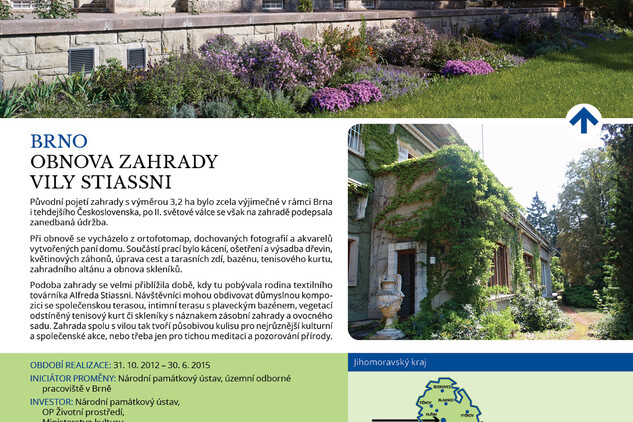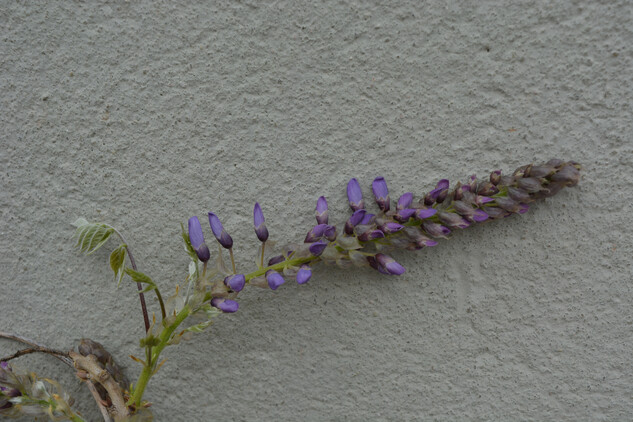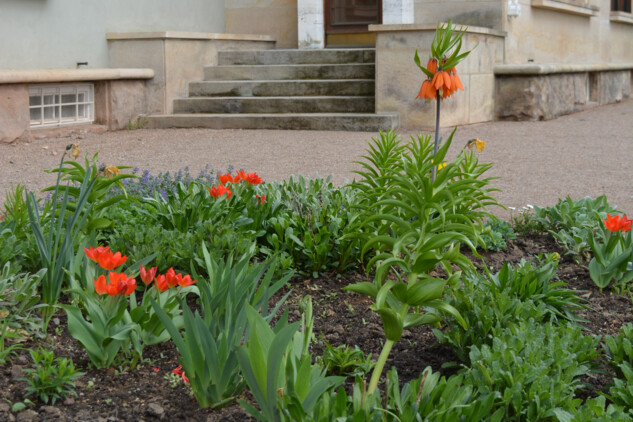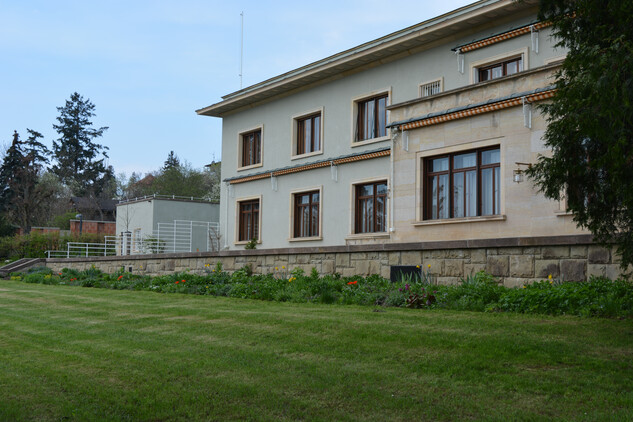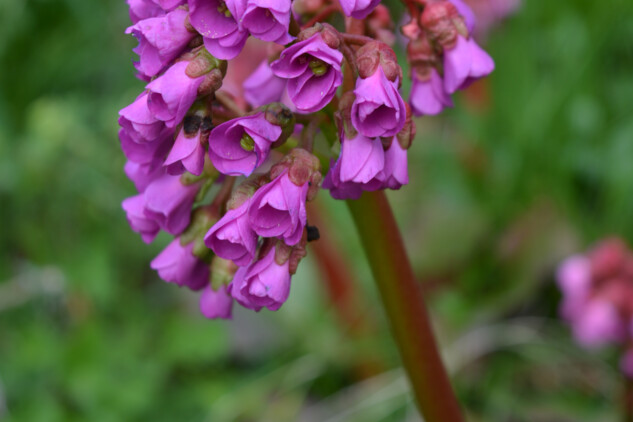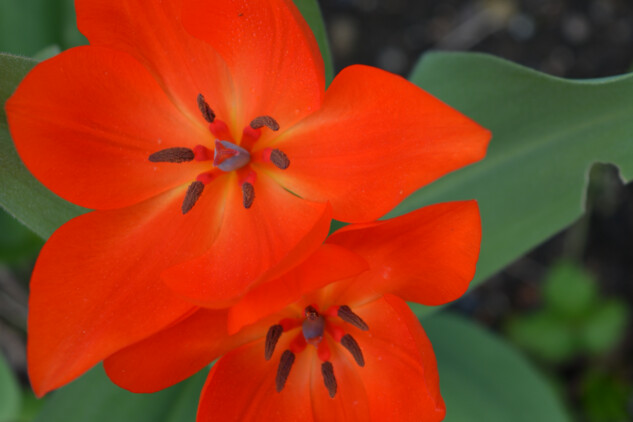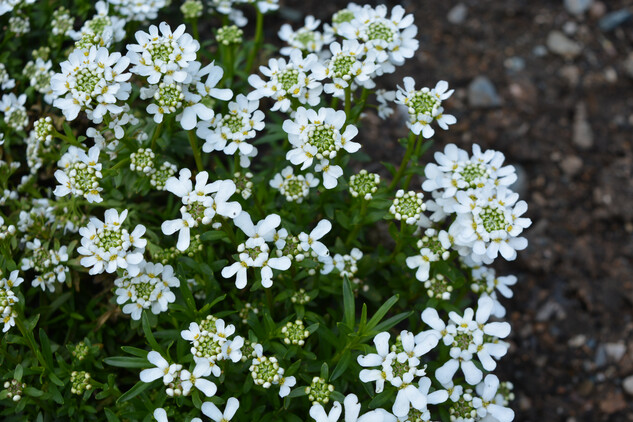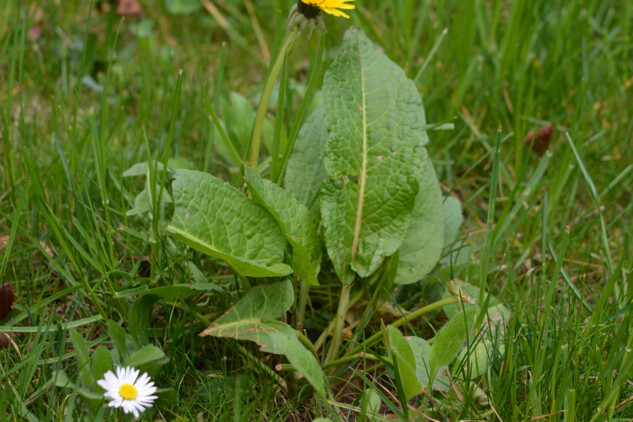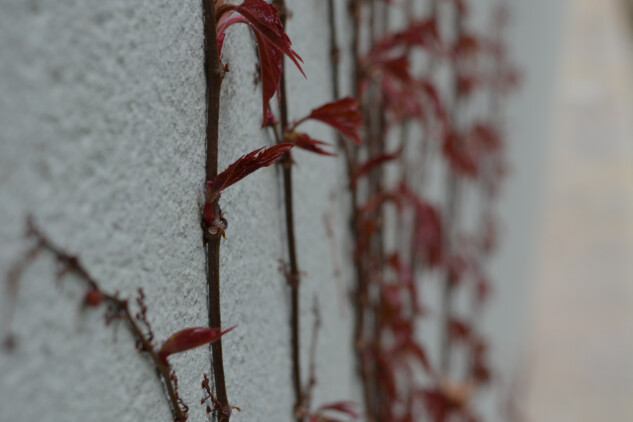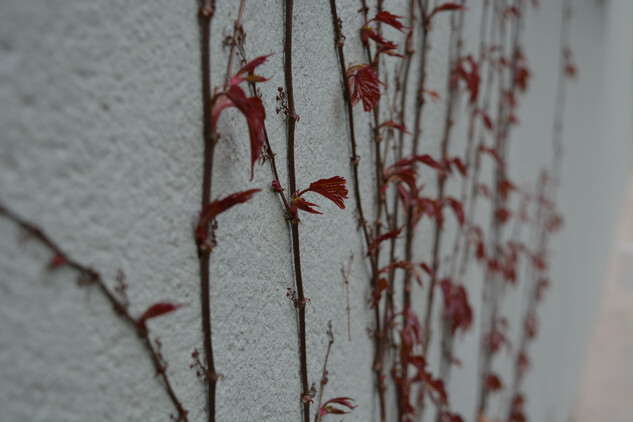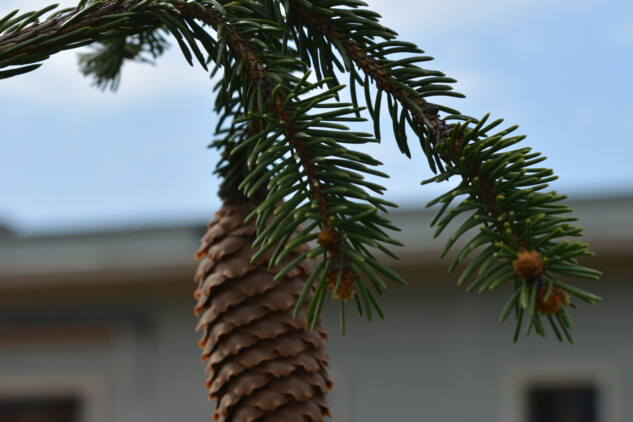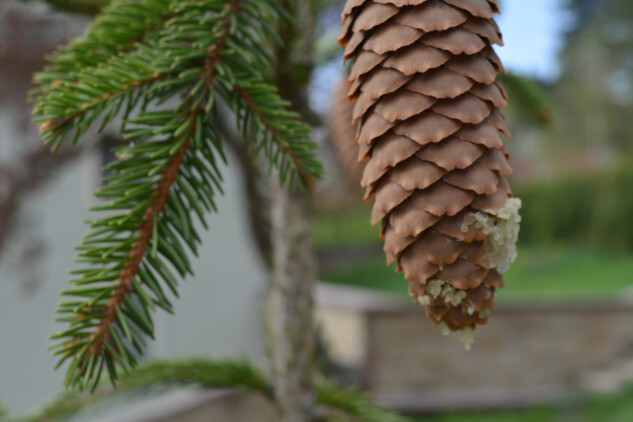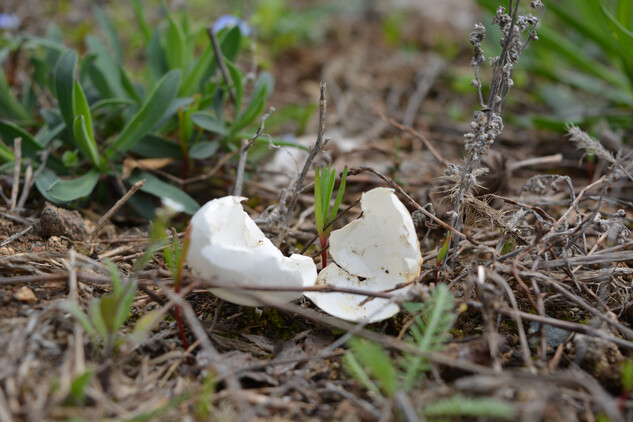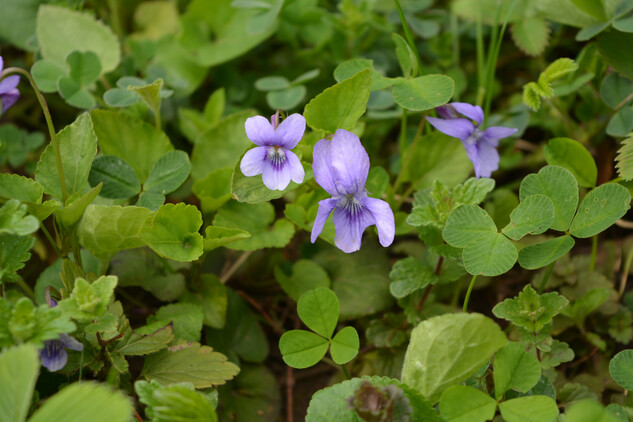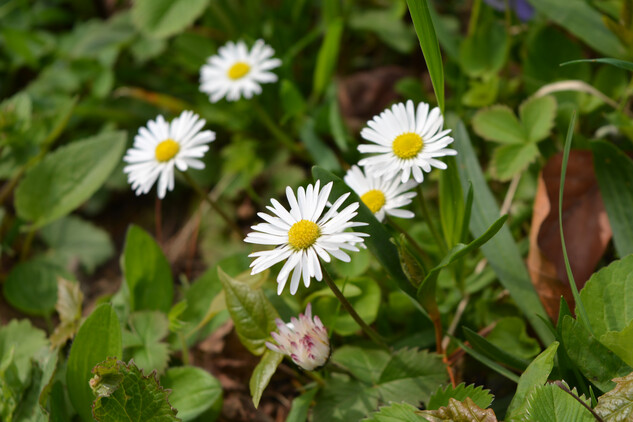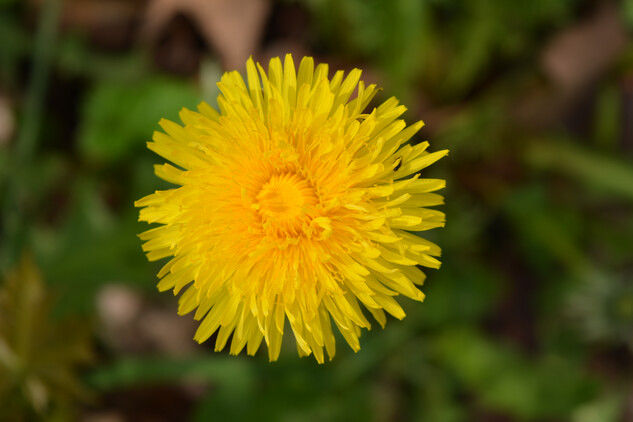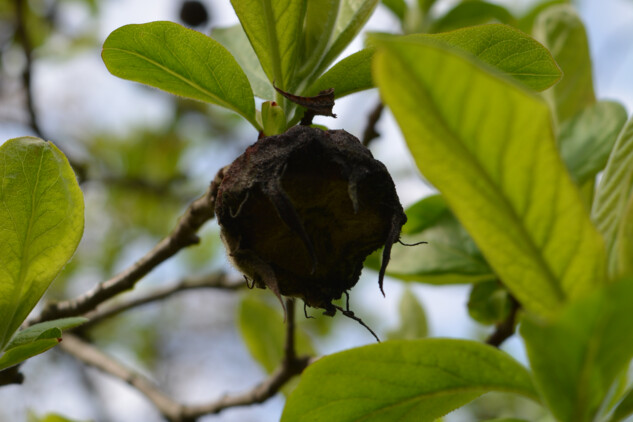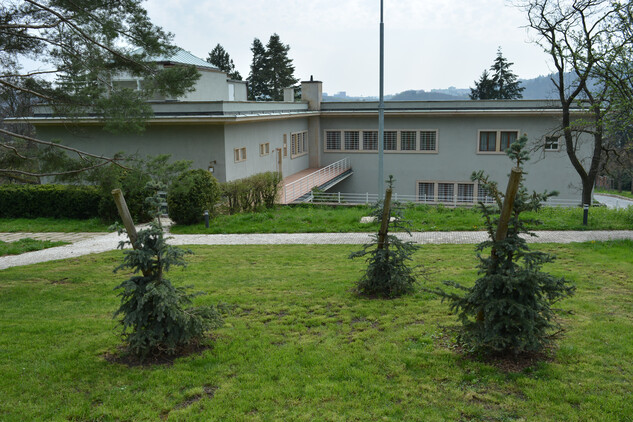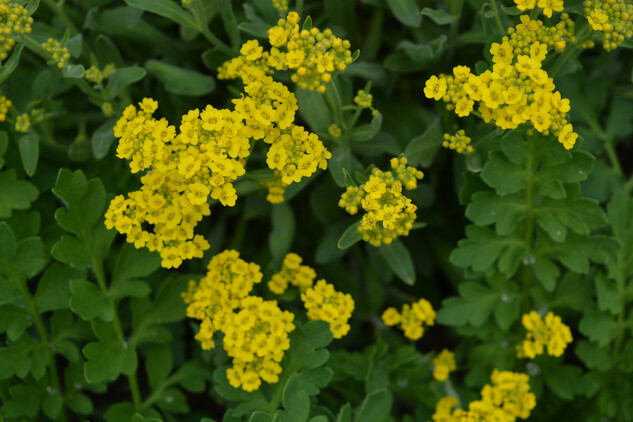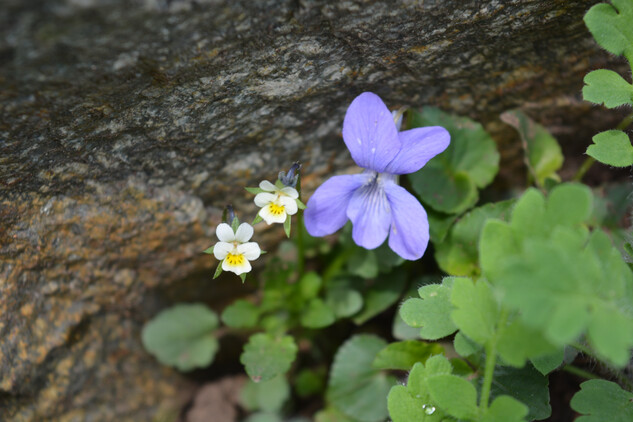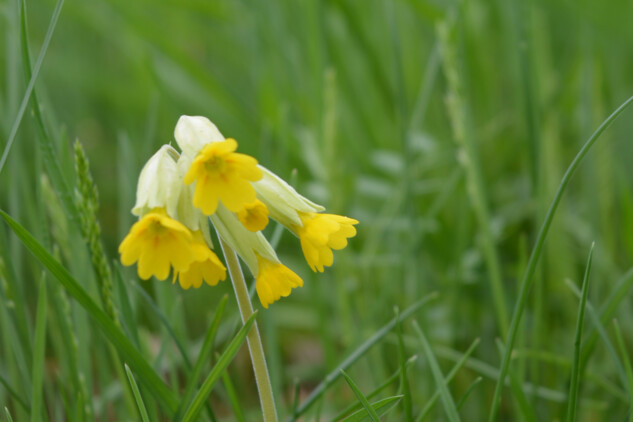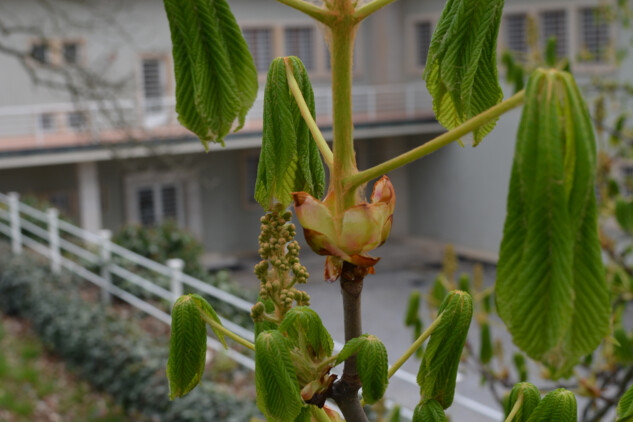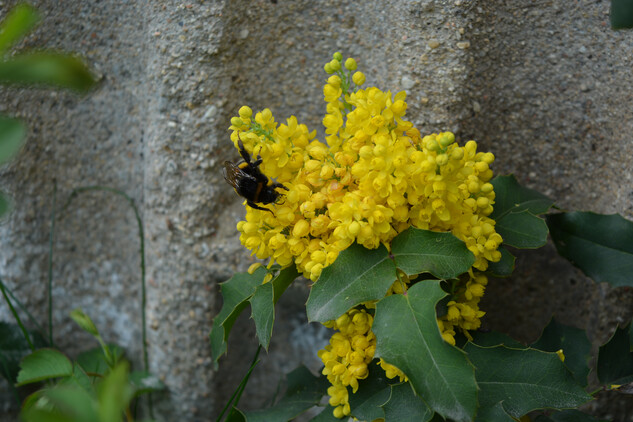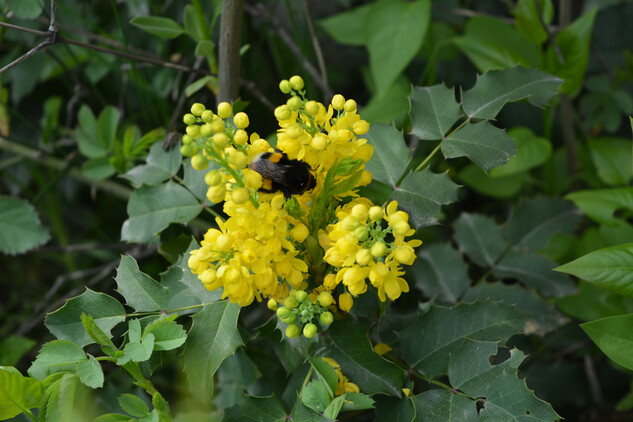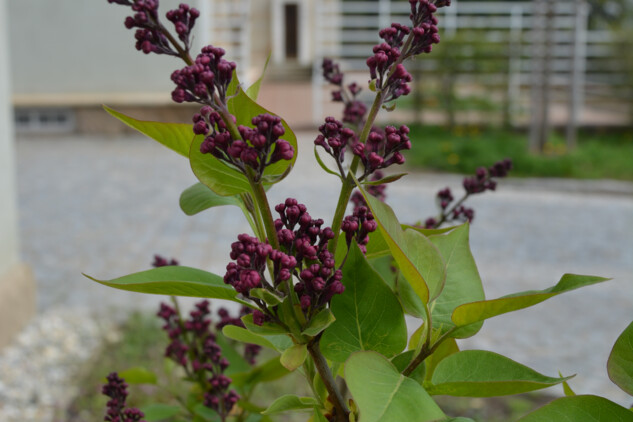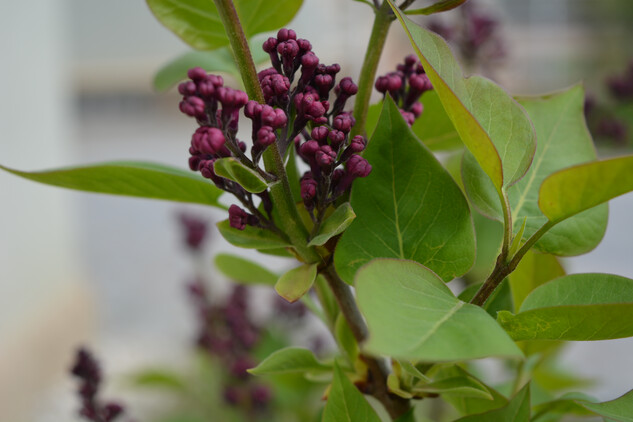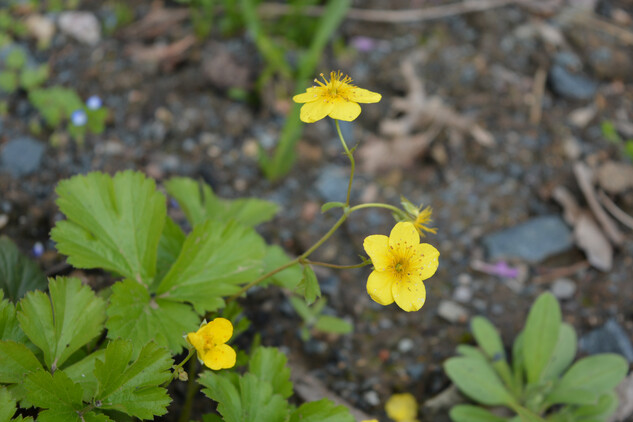The garden of villa Stiasni competes for the best change
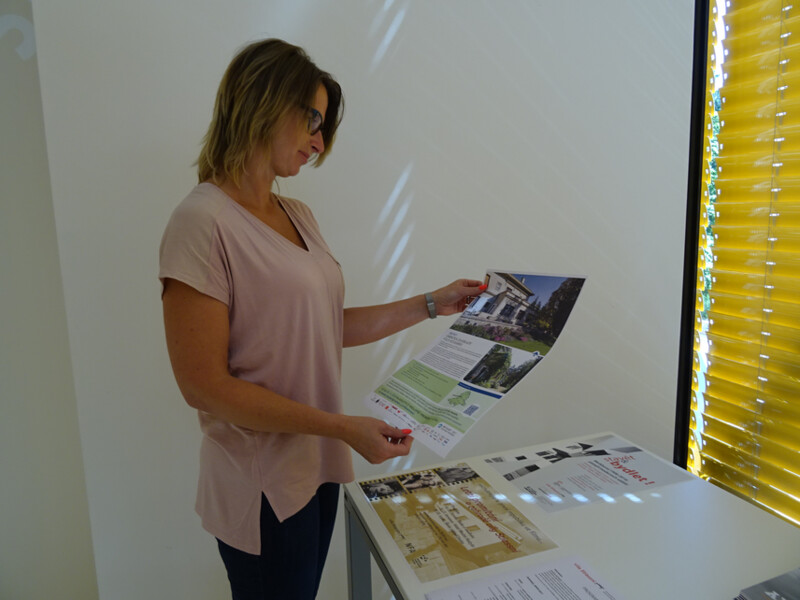
Competition and Traveling Exhibition "My Country Through the Ways of Change" brings testimony of the beneficial changes of neglected places and settlements in our country. Thanks to the determination of local people and the willingness of many donors, dilapidated buildings are transformed into dignified objects with useful contents, the public space gets a new face, sacred objects find their lost sense, and nature breathes new life. This year the garden of villa Stiasni in Brno is also part of the project.
All sites that seek public support for voting can be found at www.cestamipromen.cz. An exhibition, where each panel is devoted to one place, can be seen till the half of the holidays in Valašské Klobouky, until September 6th in Vsetín and then to 14th September in Kašava. Voting is possible until 30 April 2018.
Restoration of garden of villa Stiassni was completed two years ago. However, the result was not visible at all, especially for the part of the grass-herbs mixture, but it took many months for the result to be known. Reconstruction of the garden directly linked to the previous renovation of the villa itself. The research of the original form was taken by Roman Zámečník, who collected a lot of archive data, but failed to identify the designer or find the original plans. The restoration was based on an orthophotomap from the period just after II. World War, preserved photographs and watercolors created by the lady of the house. The European Regional Development Fund and the Ministry of Culture contributed financially. Part of the restoration was the felling, treatment and planting of trees, flowerbeds, restoration of paths and tarpauling walls, a swimming pool, tennis court, garden gazebo and restoration of greenhouses.
The original concept of the 3.2 hectare garden was quite exceptional within both Brno and then Czechoslovakia. In the landscape composition there are several buildings, a system of paths, elements supporting modern sports lifestyle and parts designed for representation or relaxation. There was also the economic part of the garden with a greenhouse and a fruit orchard. In the garden, however, there was neglected maintenance - after World War II, the site was left free. The lush vegetation complied with the intentions of secret security to protect the so-called Government House. The original interwar composition was changed to unrecognizable.
Today the appearance of the garden is very close to the time when the family of the textile industrialist Alfred Stiassni lived here. Visitors can admire a sophisticated composition with a communal terrace, an intimate patio with a swimming pool, a vegetation shaded tennis court or greenhouse with a hint of a stock garden and fruit orchard. In the closest area of the villa there are flower beds and a representative lawn parterre. The garden together with the villa creates an impressive backdrop for a variety of cultural and social events, or even for quiet meditation and observation of nature.
